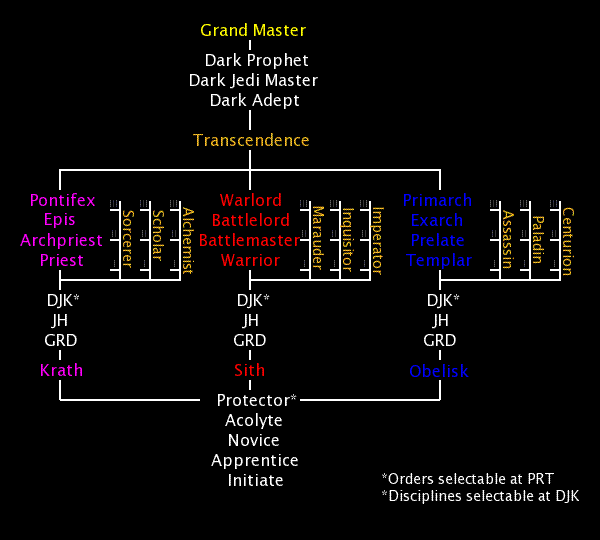

Shay leaves the Assassin brotherhood after embarking on a mission that went horribly awry and did untold destruction upon a city’s populace. The presentation of protagonist Shay Patrick Cormac is one of the best in Assassin’s Creed history, telling the tale of a man keenly aware and critical of his own actions, not just simply fighting for his side because it’s “his side.” Rogue‘s hook is that it’s the first game in the franchise to put the player in Templar robes (apart from a short stint in Assassin’s Creed III), and it can, at times, wonderfully drive home that there are two sides to any story. It’s really too bad because the juxtaposition between the thought put into the narrative and the effort put into the gameplay is glaringly obvious.

The grenade launcher can be used to brute through some doors, but that’s probably ill-advised when compared to the more subtle approach of lockpicking - a feat that’s accomplished by simply holding down a button. A bit more than a third of the way through, the player’s given access to a grenade launcher - a device that needs to be used exactly once, and that’s in the mission immediately following its introduction. The little that Rogue does to innovate mostly falls flat and is inconsequential.

But, would we heap praise upon Leonardo da Vinci if he painted a second Mona Lisa a year later but added a bush behind her? Rogue is derivative of the series’ past works to a discouraging extent, and that’s saying something given the culture of annual releases in the videogame industry. Black Flag was an enjoyable title, one that reversed course from the often dull Assassin’s Creed III. This isn’t inherently a bad thing, just uninspiring. They’re all present, like a family reunion made up of only the relatives that you don’t mind. How about the task of liberating small Borgia-controlled areas in Brotherhood? That’s here too, as “gangs” occupy various sections of the world. Remember the reparation project introduced in Assassin’s Creed II? Renovating various buildings around the three major locales is the means of earning passive income in Rogue. When it isn’t copping Black Flag‘s style, Rogue‘s borrowing concepts from other Assassin’s Creed games before it. Even most of the places feel eerily similar to those in Black Flag, just re-skinned with a bit of snow to suit the Northeastern setting. Heavy emphasis on sailing, counter-based combat, a lot of open sea naval combat, many small island or coastal locations to explore - it’s all there. It plays like a greatest hits album of the franchise, and while some might welcome that, it’s difficult to heartily applaud the effort.Īn argument could be made that outlining Rogue‘s gameplay would be best served be republishing an original Black Flag review. This is nothing more than a patchwork quilt of Black Flag‘s systems (right down to the interface and fonts) with other Assassin’s Creed ideas sprinkled in liberally. While it’s loathsome to reference other games for detail in a review, it’s near impossible not to in the case of Assassin’s Creed Rogue.
WHAT ALIGNMENT WOULD THE ASSASSIN BROTHERHOOD BE SERIES
Assassin’s Creed Rogue has a new take on that formula, which, in some ways, makes it the most refreshing, thought-provoking, and introspective installment in the series to date.Īssassin’s Creed Rogue (PlayStation 3, PC, Xbox 360 ) Chronicling the persistent struggle between the Assassins and the Templars, Ubisoft has always framed the story casting the former in a positive light. Ever since its 2007 debut, the Assassin’s Creed franchise has been presented as a one-sided affair.


 0 kommentar(er)
0 kommentar(er)
